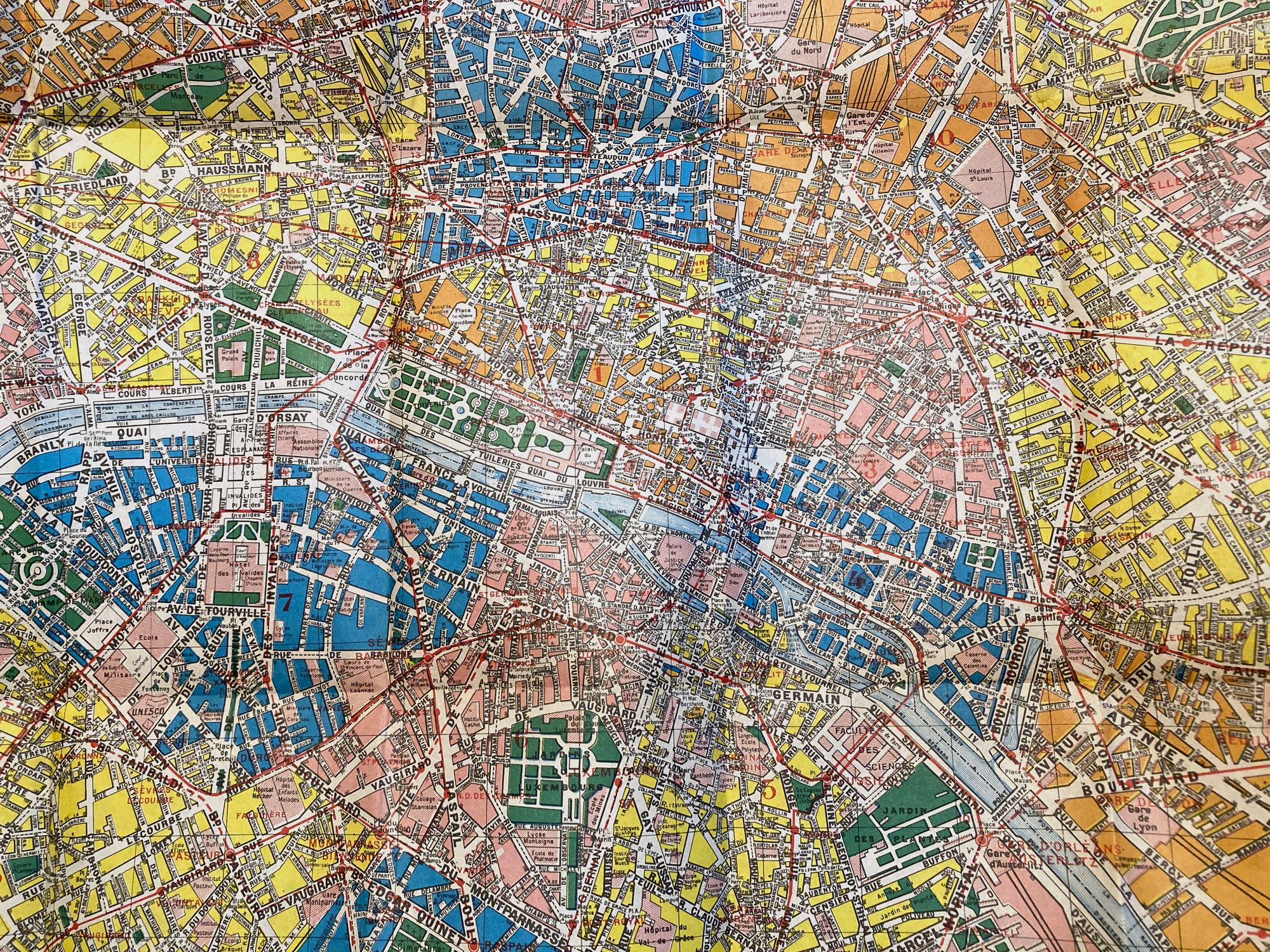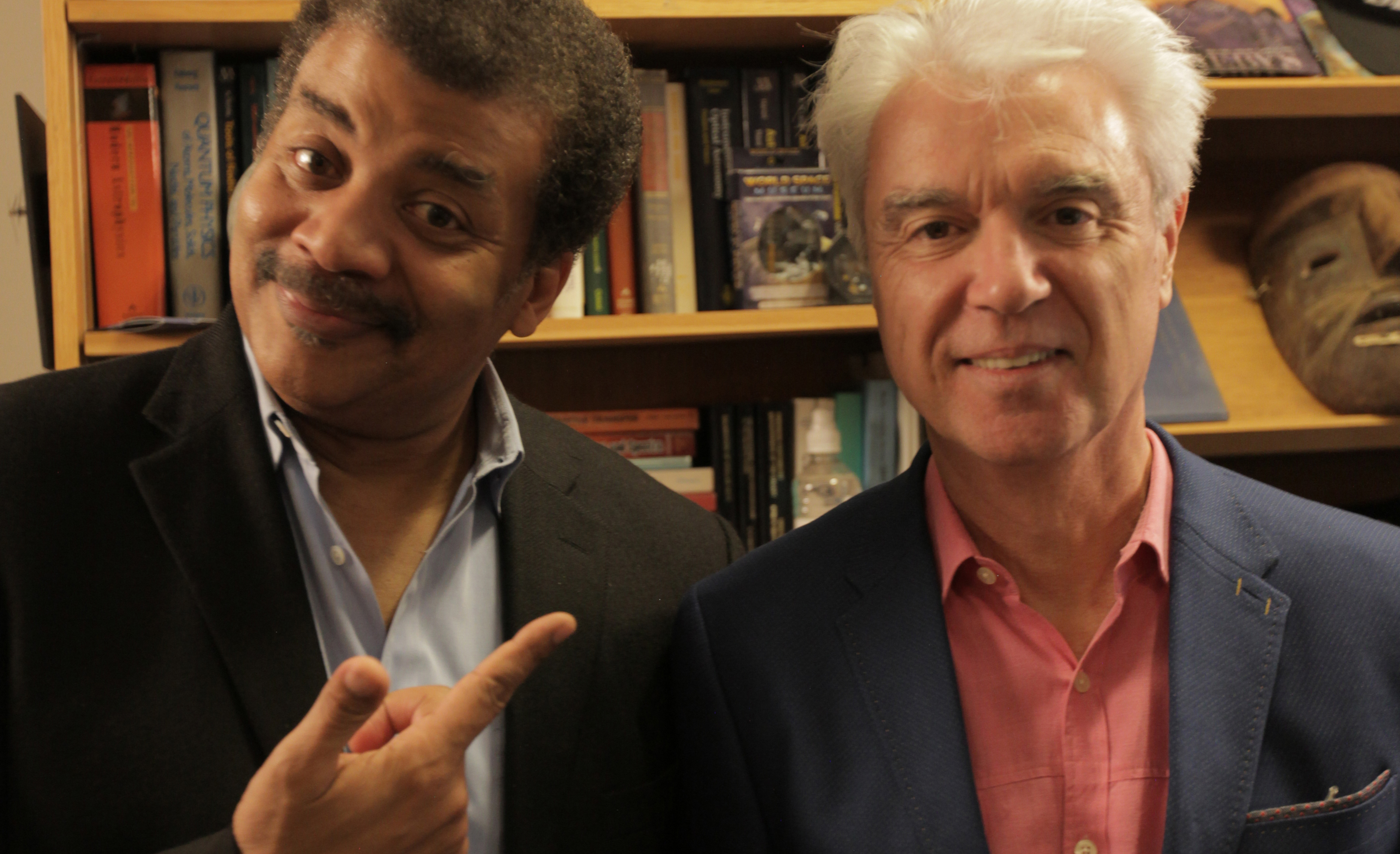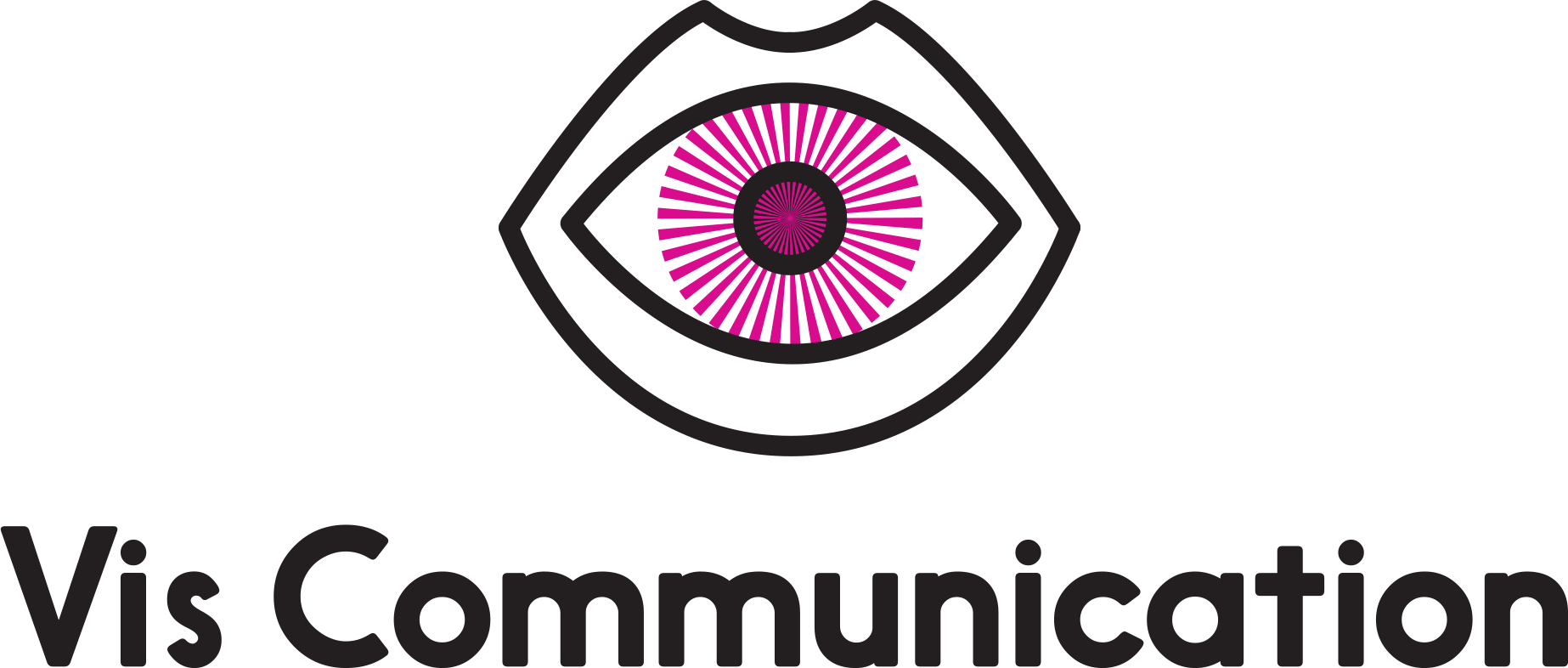Why No Limits is Not Awesome

I've been in project startups before where the account person proudly exclaimed some version of, “you have no rules, you can do anything you want, no limits, just wow me, we don't want to limit your creativity.” They think they're doing an awesome thing. They can't imagine why it's not awesome. Here's why.
When the possibilities are truly endless, where do you even begin? And when I say endless, its not really an exaggeration. Think of every font in existence, every photograph that exists (or doesn't exist yet, that you could create), every color, every shape, every possible combination of every possible element. It's some cosmic level shit. Even with limitations the ways to solve a problem are still pretty vast. You have to figure out how to pull only the things you need out of the design universe. How do you do that without limitations or constraints? Also, it's a trap – they're saying it can be literally anything, but it really can’t, can it? Those limitations will surely show up during the presentation meeting. Suddenly there will be limitations that they had in mind, but held back.
One possibility is that the lack of limitations is really the lack of the client knowing what they want. This is also a really hard road to go down. If you can't have a more extended conversation about the problem you’re solving, you’ll never get to a satisfying solution.
Sometimes, clients may be confusing design with fine art. Limitations are not as much an issue with fine art, where the artist is directing their own work. Although many fine artists like some limitations as well – maybe a time limit or in materials used or subject matter. But the designer needs to meet some kind of expectation at the end of the project.
We need some way to begin to move from a place of endless possibilities and narrow down to the best possible ways to solve the unique problem in front of us. That's not to say that having too many limitations is good either, because then the possibilities shrink exponentially fast. But there is a sweet spot beween no limits and too many limits where we have the space to be creative and choose the best path, while staying on the right path.
Here is a great podcast where Neil deGrasse Tyson talks to David Byrne and others about exactly this, and it applies not just to design but also engineering. As Tyson says, "Mathematically speaking, you reduce the variables."

The whole episode is about this subject, but you can skip to the pertinent quote at 11:30.
Just as they say, knowing that you have for example, a huge budget and the client really likes tigers and it needs to fit in a standard box, gives us a place to start. By eliminating some options, the doorway opens for many others.
For the Designer:
If you're not given any limitations, ask for them. Explain why they're actually a good thing – that your creativity will only be increased by having them. Or suggest some of your own based on your conversations with the client. If it still seems too open ended, it may be a sign that you haven't had enough conversation about a project, and you need to go a bit deeper. Maybe you need to help them work through what they want.
For the Client:
Why do you want to offer a “no limits” project? You think you're doing the designer a favor? You're really not sure what you want? If your intention is you want some really wild ideas, that's cool, tell us that. But clarify at least a few rules of the road. Don't feel like those are constraining us – they're helping us sort through the best possibilities for your project.
Certainly tell us about any hard limitations on the front end, because if we work on a project that we think has an unlimited budget or that you like tigers, and then we’ve done all the work to find out you have a very limited budget or don't like tigers, we've both lost out on time and effort.


